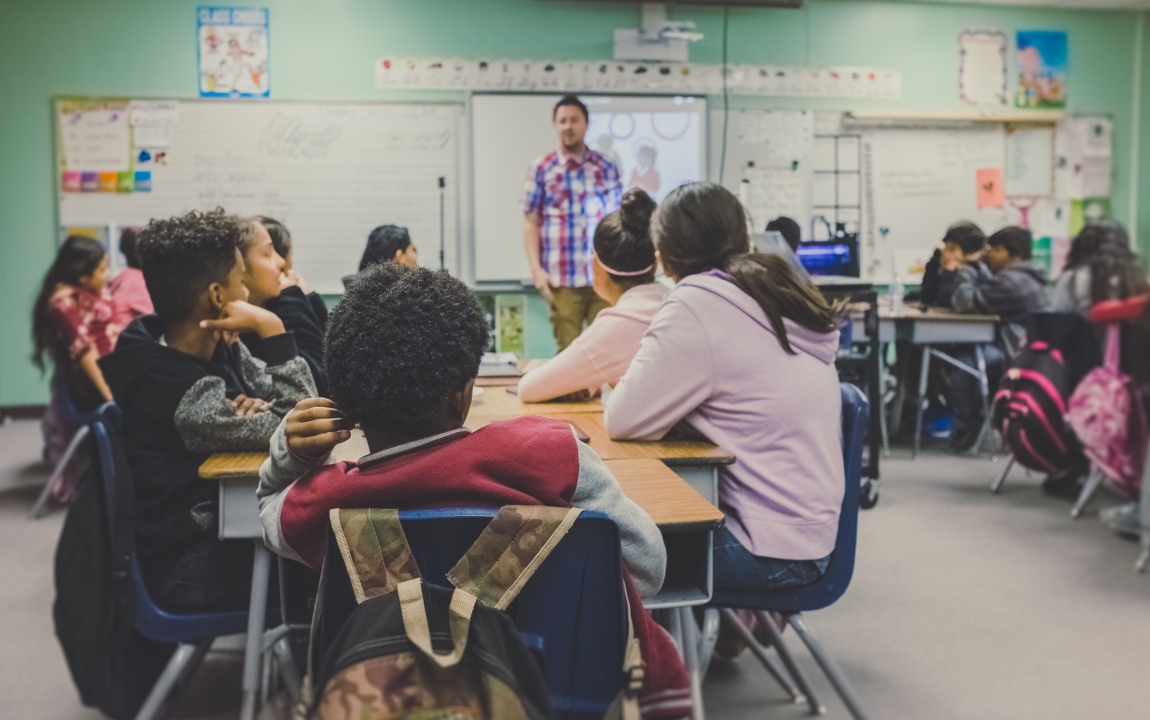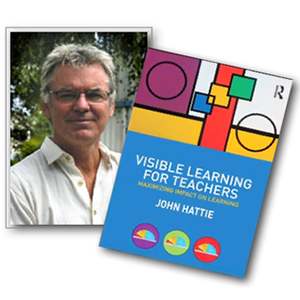 This research brief is a four-part series – Part 1, Part 2, Part 3 and Part 4.
This research brief is a four-part series – Part 1, Part 2, Part 3 and Part 4.

Good Feedback Enables Students to Achieve Learning Goals
Good feedback provides information that students can use to better understand how to attain project goals, and suggestions and examples that enable them to modify their behavior so they are better able to accomplish these goals. This means that feedback must be timely, understandable, practical, and perceived as being in students’ best interest.
Feedback that comes at the end of a project, when all the work has been completed, and there is no opportunity to incorporate this feedback into student behavior, is useless feedback – better for teachers and students to not bother, and use the scarce resource of classroom time another way. Similarly, feedback that is misconceived or not understood by the student is useless feedback. Feedback that does not provide a clear suggestion of what to do differently or how to proceed from here is also useless. And finally, feedback that is felt or perceived as personal criticism, as opposed to information that enables students to get better at what they are doing, is not only useless, it is destructive to the teacher-student relationship and classroom culture.
Students have an obligation as well – to consider feedback, whether from the teacher, other students, or from themselves, and determine whether it is helpful in attaining their goals. True to the spirit of building students’ capacity to guide their own learning, I suggest students “try out” feedback in a considered and open way. Good feedback is hard to formulate, and some well-meaning attempts may not result in feedback that is understandable and effective. Because feedback may be off target, students should be encouraged to honestly assess whether specific feedback advances them toward learning goals. If not, they can return to the feedback source (or another source) to ask for an additional suggestion.
Often the feedback will suggest a greater effort investment, or more deliberate practice. Other times it may suggest new learning strategies or techniques, or provide new models to study and emulate.
Student Feedback Questions
Feedback is not the same as encouragement (“You’re doing better”), praise (“Good work”), or grading (“You got a B”). Feedback is information students can use to improve. Hattie stresses the importance of seeing learning through students’ eyes, and argues that effective feedback, whether from teachers or other students, enables students to answer four practical questions:
- Where am I going?
- How am I doing?
- What needs to change?
- Where am I going next?
The first question specifies the learning goal or learning target students are trying to achieve. It includes not only a clear vision of the goal, but also a sense of how students will know that they have achieved the goal (e.g., written a “compelling” press release).
The second and third questions focus on how to improve students’ learning activities. Optimally, students would draw their own conclusions regarding how to make their work better, but often they don’t have the experience to make these decisions. Project Based Teaching requires the teacher to make decisions about how directive to be in providing feedback. As the questions suggest, the goal is to build students’ capacity to assess the success of their own learning activities. But to reach this goal, it may be necessary for teachers to provide specific, directive guidance identifying the changes needed for improvement. I suggest teachers begin by asking students what they think they need to do to improve their work, and consider these suggestions against their own assessment and pedagogical experience. If no suggestion is forthcoming from students, or if the suggestions seem off base, then direct advice is called for.
The fourth question (Where am I going next?) points toward the future, and allows students to make sense of a sequence of learning activities. Learning goals, in isolation, can be perceived as meaningless. But if they are perceived as parts of a system that enables students to build complex competencies, they will be better received.
Feedback as a Tool for Learning Self-Management
The overall goals and the concept of feedback are straightforward, but the actual process of providing it to students can be more complicated. Students have to be able to hear and consider the suggestions made, and believe that they are being given as a means for self-improvement. Sometimes this is difficult to achieve.
Ron Berger, Leah Rugen, and Libby Woodfin have written an inspiring and useful book entitled, Leaders of Their Own Learning: Transforming Schools Through Student-Engaged Assessment. The book is about much more than feedback, but it contains a number of suggestions, case studies, and resources to help students learn to self-assess and give feedback on their work and the work of other students. A key part of this process is a student/teacher/parent conference where students lead the discussion of their achievements and areas for growth.
Teachers committed to helping students become their own teachers will find the book’s concrete descriptions of strategies used in Expeditionary Learning Schools very helpful in creating a feedback system that gives students the information they need to take charge of their own learning. I have found this book extremely useful in bridging the gap between the more theoretical model of feedback discussed in this post and a set of classroom rituals and strategies operationalizing the model. I encourage all Project Based Teachers seeking to embed a feedback system that creates students who can assess and manage their own learning to give it a careful read.
This research brief is a four-part series. Read more in Part 2, Part 3, and Part 4.

